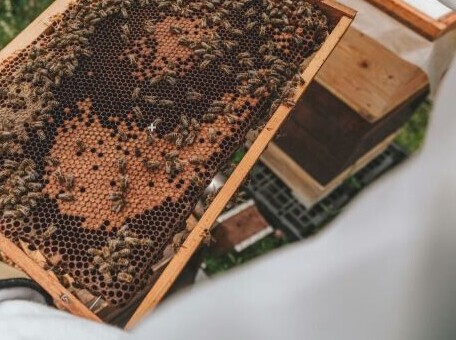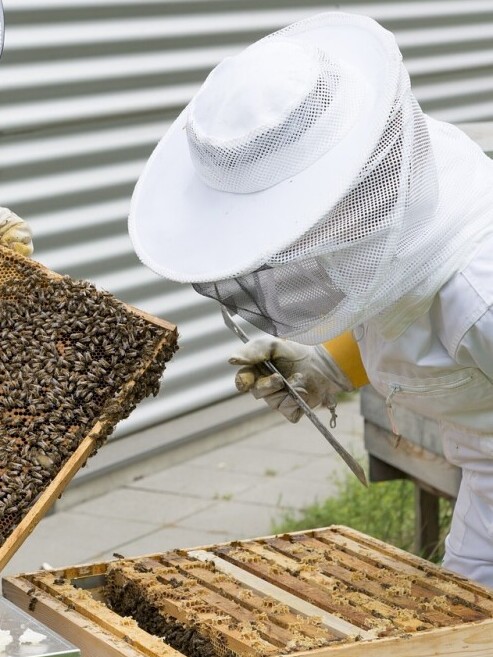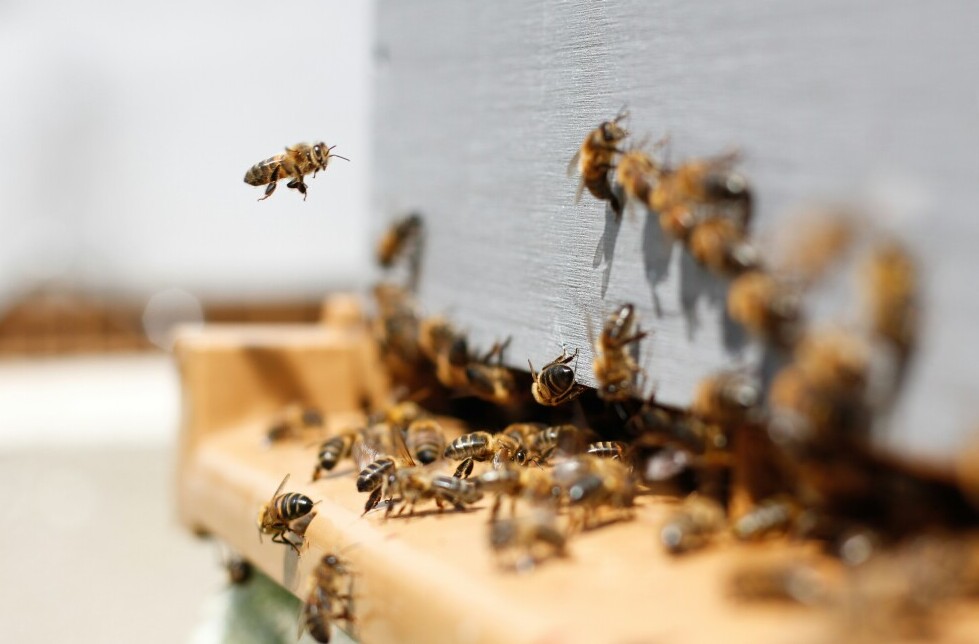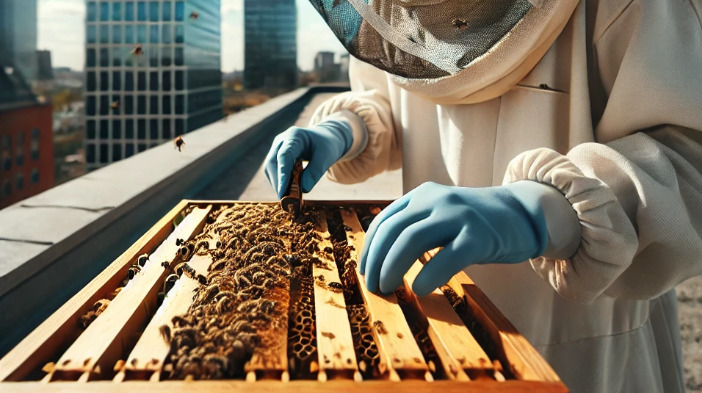Urban beekeeping is not just a fad; it’s a growing movement driven by people who want to bring a little more sustainability into their city lives. With rooftops and small patio spaces turning into buzzing hubs, it’s like giving back to nature a bit of what cities took away. Let’s unpack what makes urban beekeeping such a fascinating trend.
Beekeeping in the city isn’t really a new idea. If we dig into history, cities like Paris have had bees buzzing around for ages. They were kept on top of buildings, quietly collecting pollen and making honey, long before recent sustainability efforts took the spotlight. So in a way, we’re just reviving a smart practice that was always part of the urban scene.
For city folks, urban beekeeping offers so much more than just fresh honey. It’s about playing a part in something bigger. Think about contributing to green spaces, boosting local agriculture, and connecting with like-minded neighbors. Plus, you’re helping out little pollinators who’ve got a rough time lately due to habitat loss and pesticides.
Urban beekeeping fits right into the sustainable living puzzle. It’s this blend of ancient practice with modern urban life that’s pushing people to rethink how cities can work with nature. Plus, learning the craft brings a mix of science, patience, and a touch of adventure to the hectic city lifestyle.
Setting Up Your Own Urban Beekeeping Haven
The logistics of starting urban beekeeping might seem daunting, but with the right guidance, you’ll be ready to house those buzzing critters in no time. First off, you gotta check what the rules say about keeping bees in your city. Urban areas often have some regulations, like how many hives you can keep and where you can place them, so be sure to get those permits lined up.
From there, picking the right type of bees and hive equipment is key. Not all bees are the same, and some might not vibe well with city life. Look for bee species known for being urban-friendly and starter hives that aren’t too complex. Your comfort level with bees should guide your choices at first. Then as you get into the groove, you can upgrade.
Choosing the perfect spot is crucial. Picture your bees on a sunny rooftop, a cozy balcony, or maybe nestled in a community garden. Location matters; bees love sunlight but also need a bit of shade and shelter from the wind. Keep distance and positioning in mind, ensuring easy access to flowers they can pollinate.

Setting up a hive means thinking about the bees’ basic needs and ongoing maintenance. Sort food and water, hive inspections, and watch over the hive health. With proper attention, your bee colony thrives. Having a steady beekeeping routine also makes it easier for newbies to learn.
Starting on this journey means creating a little haven for your bees. Consider it a way to contribute directly to urban biodiversity while getting up close and personal with one of nature’s busiest workers.
The Role of Urban Bees in Biodiversity and Pollination
Urban bees are like VIPs in the city ecosystem, showing how even amidst skyscrapers, nature can find a way to thrive. They’re not just cruising for pollen; they’re key players in keeping the urban ecosystem healthy and balanced, supporting everything from plants to people.
By pollinating city flora, urban bees boost local biodiversity and help maintain green spaces. They give a leg up to flowers, trees, and all those veggies in community gardens. All this buzzing around leads to more lush and vibrant neighborhoods, ultimately elevating city life for everyone.
In comparison with their countryside buddies, urban bees often have different foraging patterns and tasks. The diversity of urban plants can offer varied forage opportunities. This difference might mean a unique role and a little extra work in supporting urban plant life.

Several cities have seen fantastic results from embracing urban beekeeping projects. For example, projects in places like Detroit and London have turned rusting rooftops into green patches. These bees not only survive but thrive, give a model of success that other cities eager to enhance biodiversity can follow.
Urban bees help supply local produce and flowers, a bonus for city farmers markets and local artisans. Their work is a natural partnership for urban agriculture, and getting involved brings bee enthusiasts a deeper understanding of these little pollinators.
Challenges and Considerations of Keeping Bees in the City
Urban beekeeping brings unique challenges but don’t let that deter you. One major concern is ensuring the health and safety of both residents and bees. Hive placement should consider the safety of those around, particularly in densely populated areas. Respect for neighbors can prevent potential disputes and foster community support.
Pests and diseases aren’t just rural problems. Urban beekeepers must stay vigilant against mites, beetles, and other threats. Regular inspections can catch issues early. Staying educated on bee health trends helps even new beekeepers keep their colonies buzzing happily.

City living presents unique stressors like noise, pollution, and lack of green spaces, all impacting bee health. Creating a balanced environment around hives with flowers and plants suitable for pollination can help mitigate some negative effects of an urban setting.
Interaction with city infrastructure means navigating obstacles us humans don’t always notice. From high-rise winds to concrete heat, city bees face tough conditions. Beekeepers can ease this by setting up water stations and ensuring ample shading to reduce stress on hives.
Balancing coexistence within the city’s limited spaces can be tricky. Yet with thoughtful setup and operation, bees can thrive alongside humans. The key is fostering mutual respect, highlighting the benefits of bees to urban ecosystems, and addressing concerns with action, not just words.
Tips for Spreading the Urban Beekeeping Movement
Educating your community about the wonders of urban beekeeping can spark interest and support. Hosting workshops or info sessions in local schools and community centers goes a long way in demystifying this craft. Sharing knowledge on bees’ vital roles in ecosystems can often win over skeptics.
Developing connections with local beekeeping groups can provide a solid foundation of support. These networks offer advice, resources, and a space to swap stories with fellow enthusiasts. Being part of these communities strengthens your skills and extends your outreach.

When it comes to sharing your honey bounty, think creatively! Local farmers’ markets or even direct trades with neighbors can be sweet ways to distribute your products. Emphasizing sustainable practices in your marketing helps educate and attract responsible consumers.
Getting urban planners on board to create more bee-friendly spaces can be transformative. Advocate for green rooftops, wildflower patches, and bee hotels as part of urban development plans. These efforts boost habitats for urban bees and enhance the cityscape overall.
Being a beacon of change in your city means taking the initiative to spread the word about the perks of urban beekeeping. Your enthusiasm and efforts can inspire others to give back to their environments, turning urban jungles into thriving ecosystems where bees can continue to do what they do best.

2 comments on “The Buzz on Urban Beekeeping: Sustainable Practices for City Dwellers”
Eric
January 13, 2025 at 3:34 pmHi Randi,
I just read your fascinating article on urban beekeeping and I’m buzzing with excitement! Your insights on how this ancient practice is making a comeback in modern cities struck a chord with me.
As someone who’s always been interested in sustainability and finding ways to reconnect with nature, even in the heart of the city, I find the concept of urban beekeeping incredibly inspiring. The way you described how these little pollinators can transform urban landscapes, boost biodiversity, and bring communities together was truly eye-opening.
I particularly loved how you highlighted the unique challenges urban beekeepers face and the creative solutions they’ve come up with to help their hives thrive amidst the concrete jungle. It’s clear that this is a labour of love for those involved, and their dedication to supporting these crucial creatures is nothing short of admirable.
Your article has piqued my curiosity and I’d love to learn more! Have you had any personal experiences with urban beekeeping or know of any success stories in your area? I’m also curious about the logistics of getting started, what would you say are the first steps for someone interested in setting up their hive in the city?
Thank you for sharing such an informative and engaging piece. It’s content like this that inspires people to take action and make a positive difference in their communities and the environment. Keep up the fantastic work!
All the Best,
Eric
Randi
January 13, 2025 at 6:16 pmHi Eric,
Thank you so much for your thoughtful comment, it truly made my day! I’m thrilled you liked the article. Urban beekeeping is such a fascinating mix of tradition and modern sustainability, and it’s amazing how much impact even a small hive can have.
To get started, I’d recommend checking your city’s regulations first, then connecting with a local beekeeping group or workshop. They’re great for learning the ropes and finding support. After that, it’s about choosing a hive setup and finding a sunny, sheltered spot with flowers nearby.
If you decide to dive in, I’d love to hear about your journey! Feel free to reach out anytime with questions or updates. Thanks again for your kind words and encouragement!
Best,
Randi